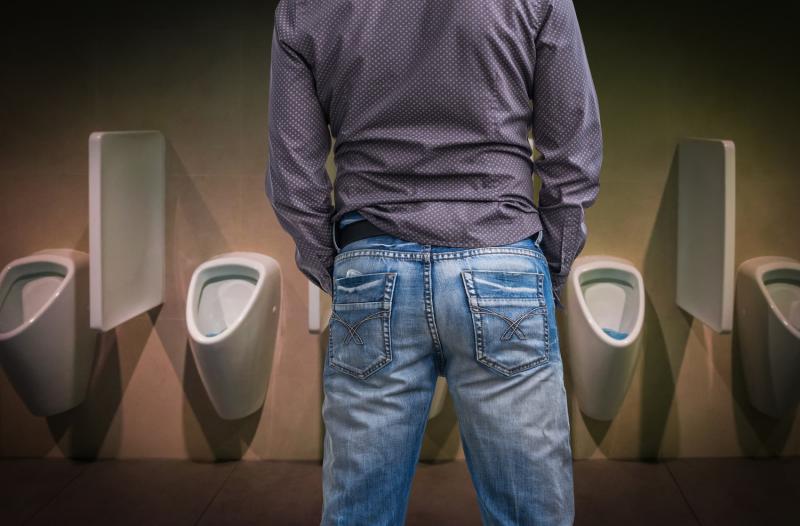
Antimuscarinics and beta-3 adrenoceptor agonists show comparable efficacy for overactive bladder (OAB), a recent real-world analysis has shown.
Researchers retrospectively analysed 215 OAB patients who had been treated with antimuscarinics (group A; n=43) or beta-3 adrenoceptor agonists (group B; n=35), or those who had discontinued treatment (group C; n=137). Patients in group B were on average significantly older than those in groups A and C (p=0.012 and p=0.001, respectively).
Urodynamic characteristics were likewise comparable across groups, except for cystometric capacity, which was significantly greater in group A than in groups B (p=0.002) and C (p=0.001). In group C, reasons for treatment discontinuation included poor treatment efficacy, the development of side effects, and the stronger preference for lifestyle modifications over medications.
On the other hand, groups A and B showed comparable scores in the Overactive Bladder Symptom Score (OABSS) tool (median, 4 vs 4) and had similar results in the quality of life (QoL) questionnaire. Both groups were likewise treated for a similar duration (527.0 vs 516.4 days; p=0.9). However, both treatment groups saw significantly better OABSS and QoL scores than their counterparts who discontinued treatment.
Analysis according to OABSS subscales did not change the principal findings. Groups A and B showed comparable outcomes in daytime frequency, night-time frequency, urgency, and urge incontinence.
Important limitations included its retrospective design, the exclusion of patients who were on combination therapies, and the failure to consider dose escalations. Further studies are needed to validate the present findings, the researchers said.